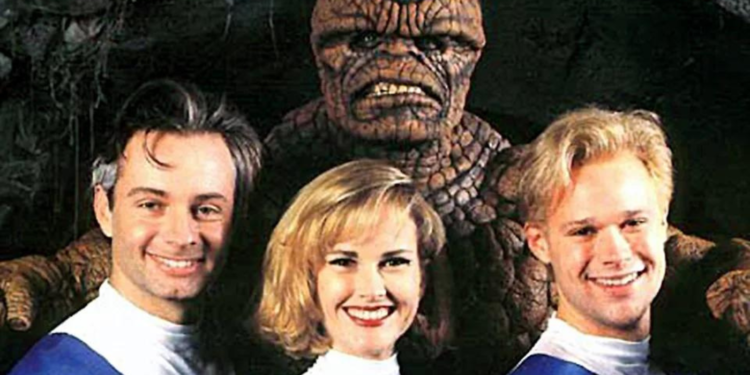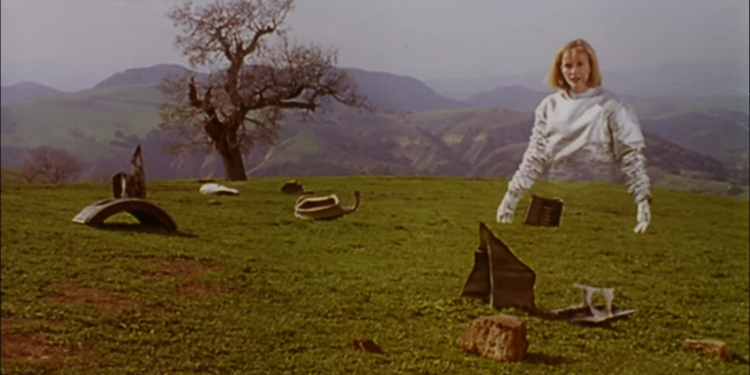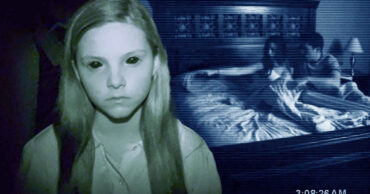The Fantastic Four, sometimes called the First Family of Marvel Comics, has had a troubled history when it comes to film adaptations. The 2015 version, directed by Josh Trank, was famously panned for its overly grim tone, nonsensical character changes, and toxic production environment. The 2005 outing was considered largely faithful to the source material but poorly written. But there was actually a Fantastic Four movie before either of those that nobody will ever see. It’s all due to the intricate world of entertainment law.
Movie optioning rights are a complicated animal, to say the least. It’s one of the “how the sausage gets made” aspects of filmmaking that execs don’t like the public seeing. Altogether, it’s full of industry backstabbing, pettiness, and of course, lots of money. So before Marvel Studios attempts to right the ship with a new attempt at Fantastic Four kicking off Phase 6 of the MCU, take a look at the movie Marvel wants to forget exists.
How film Rights Work

When someone wants to take an existing work and turn it into a movie, there’s a contract negotiated between an initial rights holder and a movie studio. In this instance, the rights holder is the then-head of Marvel Comics, Stan Lee. For a long time, Lee held a tight grip over Marvel properties, letting precious few characters make their way to the screen. Even more, he was particularly wary of film studios. But by the 1980s, Marvel had run into hard financial times, and they needed new income sources, so Lee began optioning out his characters.
An important thing to note with film option rights is that when these rights are purchased, the studio has exclusive rights to produce a film. So the moment a contract is signed, nobody else can touch that character or property until the contract expires. This is meant to give the studio ample time to produce the film. But some execs buy these rights without the best of intentions.
A Sale Born Of Desperation And Deception

In 1983, German director Bernd Eichinger and his studio Constantin Films met with Stan Lee to negotiate the rights to Fantastic Four. They eventually settled on a startlingly low number (reports have it around $250,000). Soon after purchasing the rights, Warner Bros and Columbia expressed interest. But the papers were signed, and the rights belonged to Eichinger. It was clear he knew other studios were interested and wanted to get in while Marvel was still desperate for cash and before the bigger names priced him out.
But one of the caveats to film rights is that a studio can’t just buy the rights and sit on them forever. The contract allowed 10 years for Eichinger to come up with a movie, or else they’d revert back to Marvel. Nine years later, in 1992, Eichinger still didn’t have one, and he still didn’t have the money to make it. When Stan Lee contacted him demanding to see the dailies, he needed to act fast.
Roger Corman, The “King Of Cult” Signs On To Fantastic Four

Eichinger knew he needed to get this movie made not only fast but with the smallest of budgets. So, he contacted a colleague of his, Roger Corman, to executive produce. Corman was known for pumping out cheap B movies and grindhouse flicks (some of his directing and producing credits include Teenage Caveman, Bloodfist 2050, and SyFy’s original movie Sharktopus). This was far from the prestige and budget Eichinger wanted but was all he could manage. The movie was shot in a breathtaking 24 days for just under a million dollars.
When it came time actually to release, Eichinger added trailers for the film to Corman’s other recent movies. This was to ensure the public (and Lee) that the movie was actually coming. But aside from that, all publicity and promotions were paid for by the cast themselves. Posters were made, and commercials were shot. They announced a premiere on Labor Day 1993 at the Mall of America. But mere days before, the premiere was canceled, all promotions halted by cease-and-desist, and all negatives confiscated by the studio.
Marvel Decides No Movie Is Better Than A Bad Movie

Avi Arad, a high-up exec at Marvel and future head of Marvel Studios, got wind of the upcoming premiere. He hadn’t signed off on the release, having little confidence that Eichinger and Corman would be able to finish it at all, much less at the level of quality Marvel wanted. He personally purchased the film for a few million dollars and ordered every copy destroyed. Needless to say, he was scared that such a terrible movie would cheapen the brand.
Speculation spread that the film had never been intended to be seen by anybody. It was clear that it was only made so that Eichinger could retain the rights for another ten years. Stan Lee later confirmed this, but it didn’t matter. The gamble worked, and Eichinger retained the rights. He remained attached to the project all the way up to the 2005 Fantastic Four film, where he was contractually obligated to be involved.
He ended up with a far more successful film, although still panned by audiences. As for the 1993 Fantastic Four, a few bootlegs can be found on the internet or at conventions. But even those are incomplete. The theatrical release never happened, and only a few test screens were ever shown, which didn’t include the entire cut. It’s reached levels of cult status only shared by the Star Wars Holiday Special, a movie so bad no amount of money recouped would be worth the negative press, and is forever hidden away in shame like the face of Dr. Doom.
 Follow Us
Follow Us





